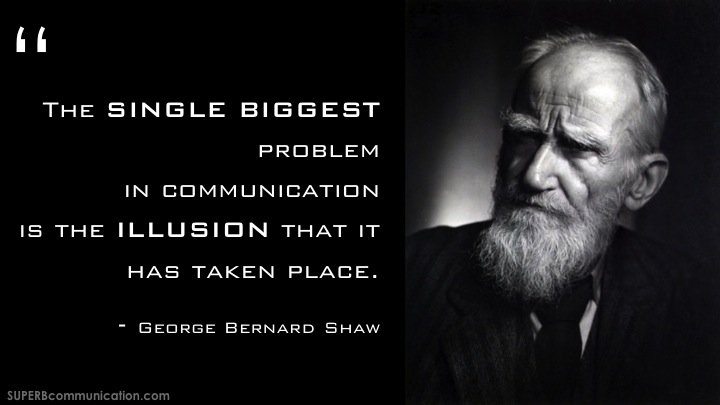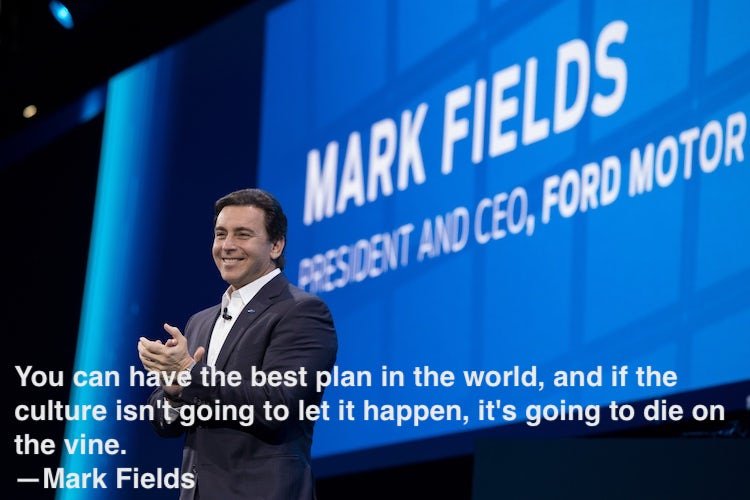4 Critical Areas of Executive Involvement in Agile Transformations
Successful long-term agile transformations require people at all levels of an organization to actively participate. Much has been written about the change efforts focused on teams and teams of teams. One area that is commonly left unaddressed is what the executives and leaders must do to lead and support the change efforts.
In my experience at multiple organizations, a bottoms-up transformation approach focused on teams and teams of teams will encounter organizational homeostasis…a tendency to maintain the current state. The homeostasis is reinforced by processes and rules that limit continuous experimentation and improvement by teams.
Executives and leaders must eradicate homeostasis by engaging and actively supporting the transformation. Below I’ve provided some of the most important areas where executives and leaders must engage to transform an organization.
Define Future State Vision / Motivation / Outcomes
Executives must create and build consensus on a desired future state vision that will provide everyone in the organization with a shared understanding of the intended direction. To support the vision, executives must repeatedly state the motivation, or the “why”, for this change. And, executives must provide what the expected outcomes are for this change effort. All of this will influence the training content, mentoring focus and coaching activities.
The vision, motivation and outcomes must be aligned to the organization’s vision and mission so that employees can see the linkages. And, executives must understand that all of these are malleable to some degree in order to be responsive to internal learning and external feedback.
In addition, executives will need buy-in and commitment from the owners / Board of Directors to support the effort. The owners / Board of Directors must understand that funding will be needed, delivery disruptions will occur, turnover will happen, etc., and that the benefits will outweigh the costs.
Funding and Staffing
Another area where executives must act is to fund and staff the change effort. This type of change is a multi-year endeavor in a medium to large company, ideally with ongoing support. At a macro level, if an organization spends $100 million per year in product development, a 10% improvement in delivery would yield benefits of $10 million per year. Spending $5 million on transformation activities per year should be an obvious investment.
In one of the most effective change efforts I’ve guided, the organization created and staffed a leader coalition. This was a working group that met frequently to deliver and update the roadmap, monitor progress, communicate with executives, and pivot when needed. The people in this group were innovators, early adopters, influencers that embraced change, effective change agents, and motivated to shape the future vision.
I often see executives that want the change management activities to be someone’s part-time job or a “stretch assignment” to save costs. This is shortsighted because the people assigned usually do not have the requisite skills and experience and, therefore, follow textbook approaches to the letter. In my opinion, textbook approaches are intended to be customized based on the situation and context, not blindly followed. This is where experienced agile coaches accelerate the transformation by mentoring and coaching employees who will eventually lead the transformation from within.
Communicate, Communicate, Communicate
Executives must communicate the vision, motivation, outcomes, and progress at every opportunity. Common in-person communication channels that allow for dialog and feedback on the change effort include staff meetings, all-hands meetings, town halls, agile “expo” events, roundtables, 1-on-1 meetings, etc. In addition, posters, electronic messaging displays, intranet websites, newsletters, emails, etc. are effective in creating awareness and reinforcing central messaging. Repeatedly emphasizing the leaders’ commitment to the effort and that this isn’t just another fad that can be ignored until it passes is critical.
Communications also must provide transparency into how the organization is progress on the journey including both successes and learnings. Messaging should include promoting short term wins and linking roadmap activities to outcomes and business objectives to build additional support. Transparency is a critical element in winning the hearts and minds of employees. The open, honest updates foster shared learning across the organization and also demonstrate the growth-mindset culture that is key to the transformation.
Re-align Organization to Improve Value Delivery
Many organizations I’ve engaged with are structured in silos that create handoffs, which Lean identifies as a form of waste. Using tools like value stream mapping and customer journey maps to show the flow of work and customer experiences help identify wastes.
Once identified, executives and leaders must sponsor and advocate for changes to the organization. In addition, executives and leaders must empower people and hold people accountable for experimenting, learning, and continuously improving. Make no mistake, there will be disruptions to productivity while new ways of working are implemented. As the Satir Model shows us, whenever we introduce a “foreign element” or some change, there is some level of disruption that will occur. Involving the right agile coaching support will lessen the depth and duration of this disruption and get the organization to the “new status quo” more quickly.
Executives and leaders also must honestly evaluate whether the current staff has the necessary skills or, if not, the potential to be up-skilled through training, mentoring, and coaching to achieve the desired end-state. The reorganization will impact people and areas of the organization in many ways, and executives and leaders must expect some level of turnover as the culture, organization, and expectations evolve.
Lead and Anchor the Cultural Change
I have seen several promising agile transformations falter when a key leader championing the effort moves on. To make a long-term evolutionary change that has a lasting impact requires a mindset and cultural change. This can only be accomplished from the top down. Executives and leaders must model and reinforce the desired mindset and culture that will inform decisions and actions throughout the organization.
The target culture must incorporate the Agile Manifesto values and principles that are, ideally, deconstructed into what the values and principles mean within the organization. Identifying specific behaviors executives and leaders will exhibit and model for the organization is an important exercise that aligns leadership.
In addition, executives and leaders must set expectations and hold people accountable for embracing the new mindset, adjusting to new ways of working, experimenting, striving to improve, etc. This will require engaging Human Resources / Talent to revamp job descriptions, update how performance feedback is provided, shifting to team-based assessments, and alter the compensation model to ensure all elements supports the new culture and delivery model.
Wrap Up
Clearly executives and leaders will be involved in many other areas of the change effort. The areas I’ve highlighted are major risks to success based on my experiences and must be addressed to achieve a successful long-lasting evolution.
How do these areas match up with what you’ve experienced?




